Spring Yoga for Children with Autism
I’ve had the pleasure of meeting up with Louise Goldberg of Creative Relaxation at the Kripalu Yoga in Schools Symposium twice now. For more than thirty years, Louise has been an expert on yoga for children with autism and special needs, introducing them to the benefits of yoga therapy. She has found that the yoga practice can help children with attention and sensory challenges:
- To both calm and energize their bodies
- Help them develop sensory and body awareness
- Increase their self-regulation
- Promote social interaction
- Enhance speech, language, and motor development
- Ease transitions
- Help them learn to monitor their anxiety levels
- Foster independence and enhance self-esteem
Louise integrates yoga postures, breathing techniques, and mindfulness exercises in her program, which can be found in her research-based comprehensive book, Yoga Therapy for Children with Autism and Special Needs (Amazon affiliate link).
Today, Louise is sharing five spring yoga poses that would be fun to practice with children with special needs, or for any child for that matter. These yoga poses can also be found in her S.T.O.P. and RELAX curriculum.
Spring Yoga for Children with Autism and Special Needs
Enjoy these five S.T.O.P. and Relax yoga poses for spring:
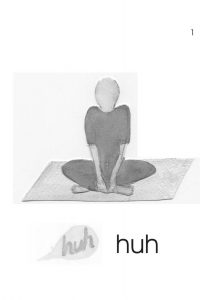 |
1. Smelling Flowers
|
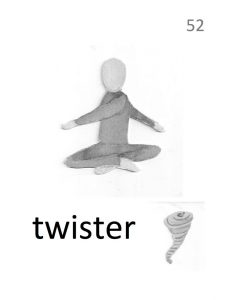 |
2. Gentle Breeze
|
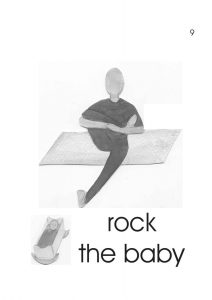 | You could also try a Rock the Baby Pose for a similar rocking-and-rotation exercise. Rocking and twisting poses trigger the calming centers of the brain. |
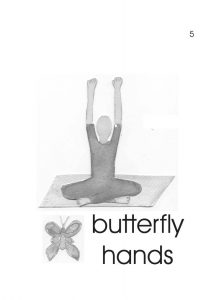
|
3. Fluttering Butterflies
|
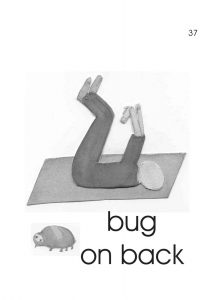 | You could also do this same shaking-hands movement on your back, like a Bug on its Back. These techniques give children “permission” to shake everything out and allow them to release tension. |
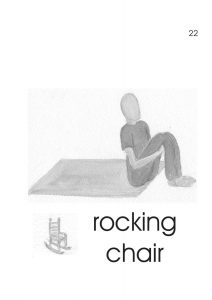 |
4. Swinging in the Garden
|
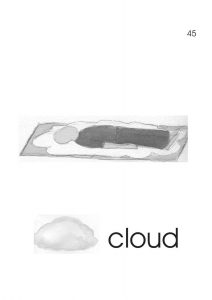 |
5. Floating on a Cloud
|
To complete your yoga for children with autism or special needs session, try repeating the “Huh” breathing technique. Using a consistent beginning and ending pose can ease the transition in and out of the yoga practice.
Just a note on the yoga pose visuals above: You’ll notice that the visuals are in grayscale, androgynous, and very spare. Louise and her team tried photos of people and other types of drawings, but the children with sensory or attention challenges were distracted by the hair and clothes. This style of illustration provides a clear and uncluttered focal point for visual learners, while still offering a frame of reference for the posture with the small illustration related to the posture name. The numbers you see on the top right corner of the postures make it easier to follow suggested lesson plans within the S.T.O.P. and RELAX curriculum.
PIN IT FOR LATER:
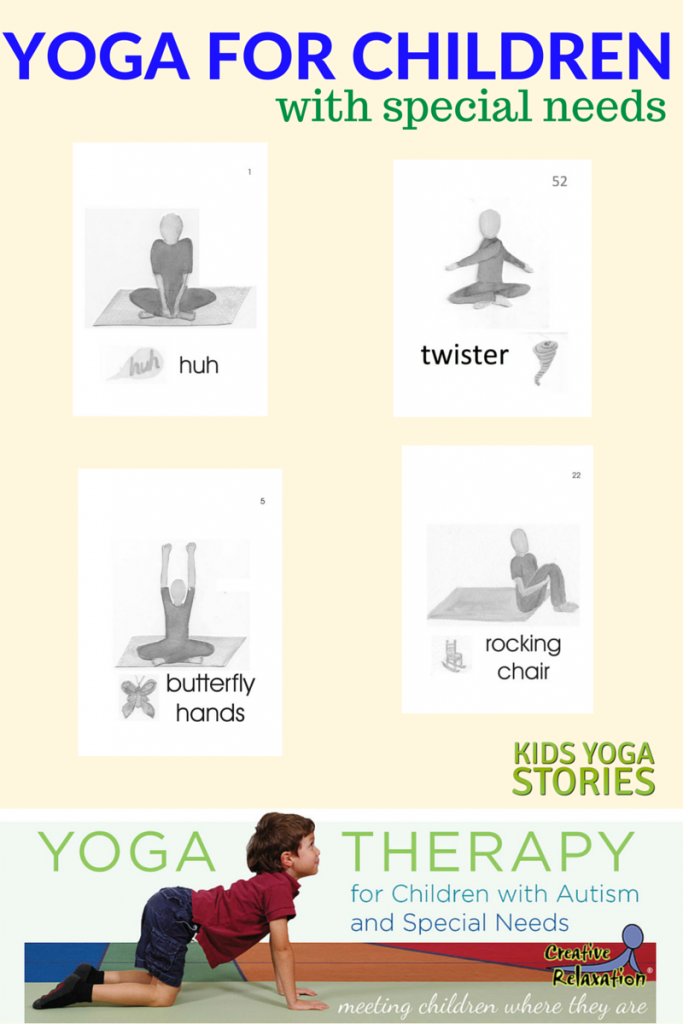
About our Featured Author:

S.T.O.P. and Relax: Your Special Needs Yoga Toolbox is a visual curriculum developed by Louise Goldberg, Debra Collins, Sally Miller, and Daniela Morales: a yoga therapist, a school psychologist, and two autism specialists. It is used internationally to support yoga education in schools, camps, centers, and at home.
Louise Goldberg is also the author of Yoga Therapy for Children with Autism and Special Needs and founder of Creative Relaxation. For more info: www.yogaforspecialneeds.com.
May we suggest
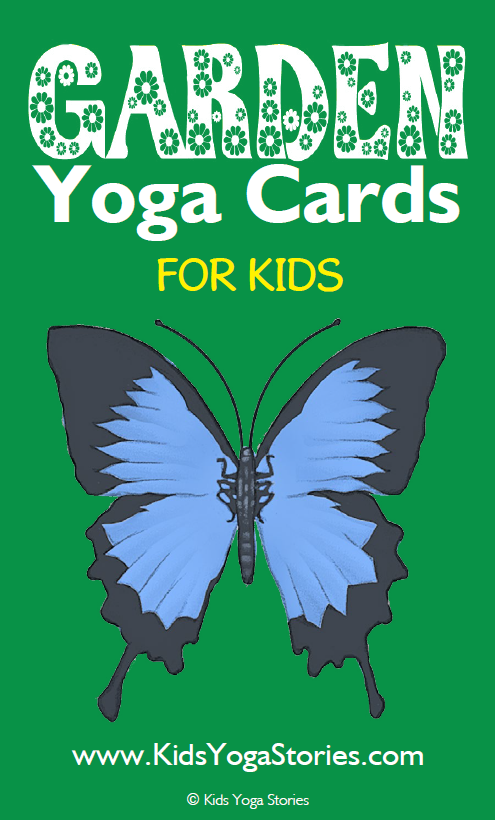
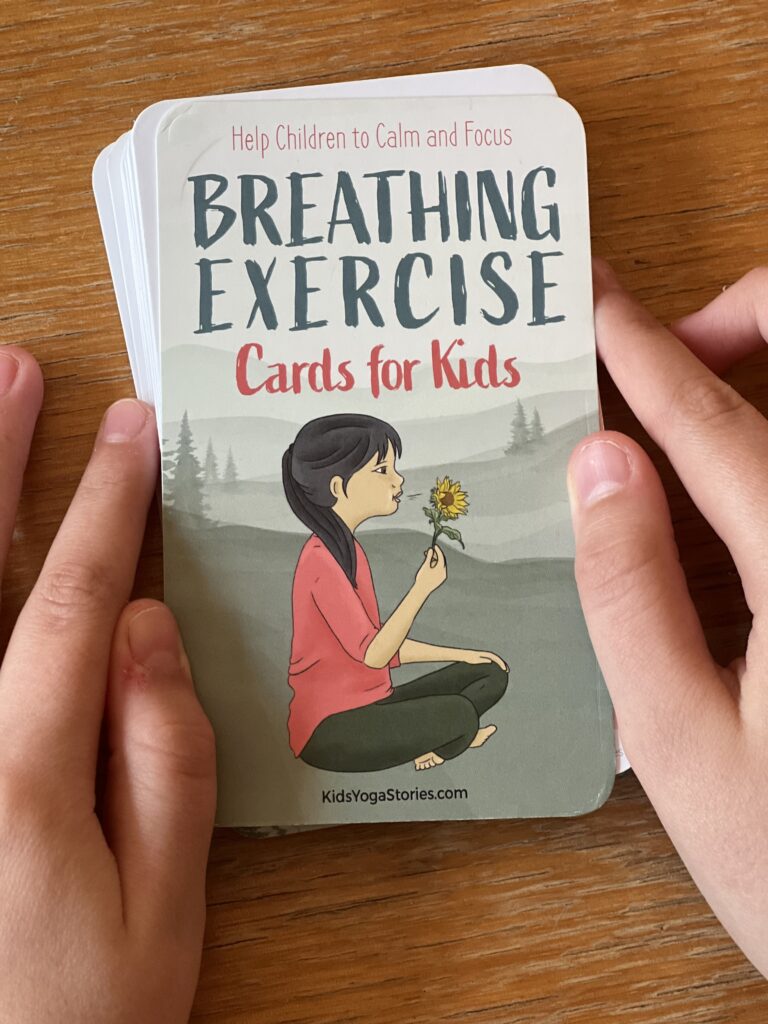

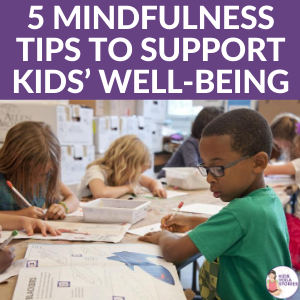
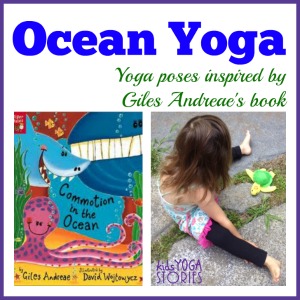
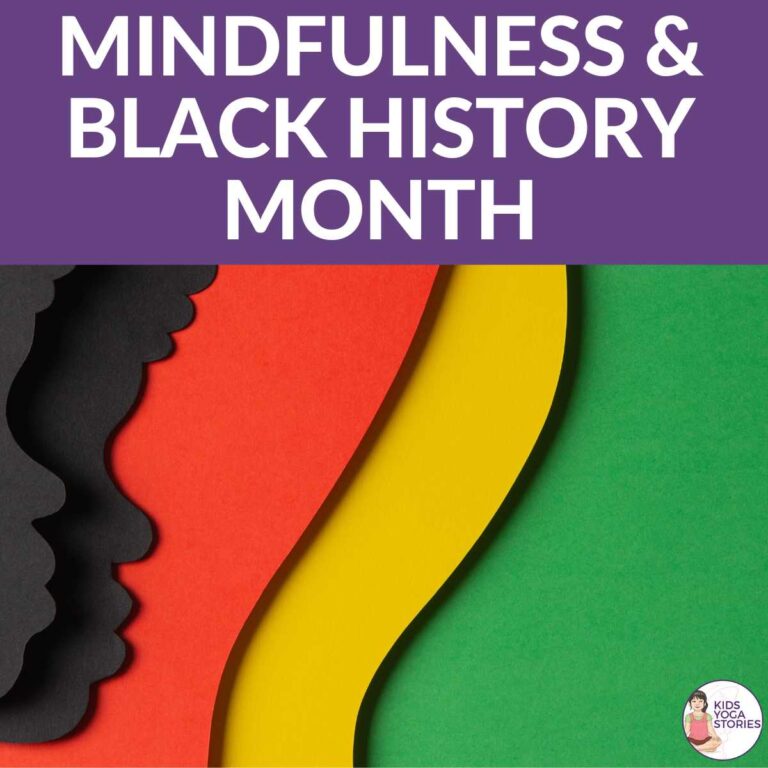
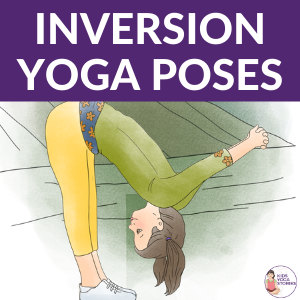

![New Ocean Yoga Book [Press Release]](https://www.kidsyogastories.com/wp-content/uploads/2015/10/maria-explores-the-ocean1-full-1.jpg)